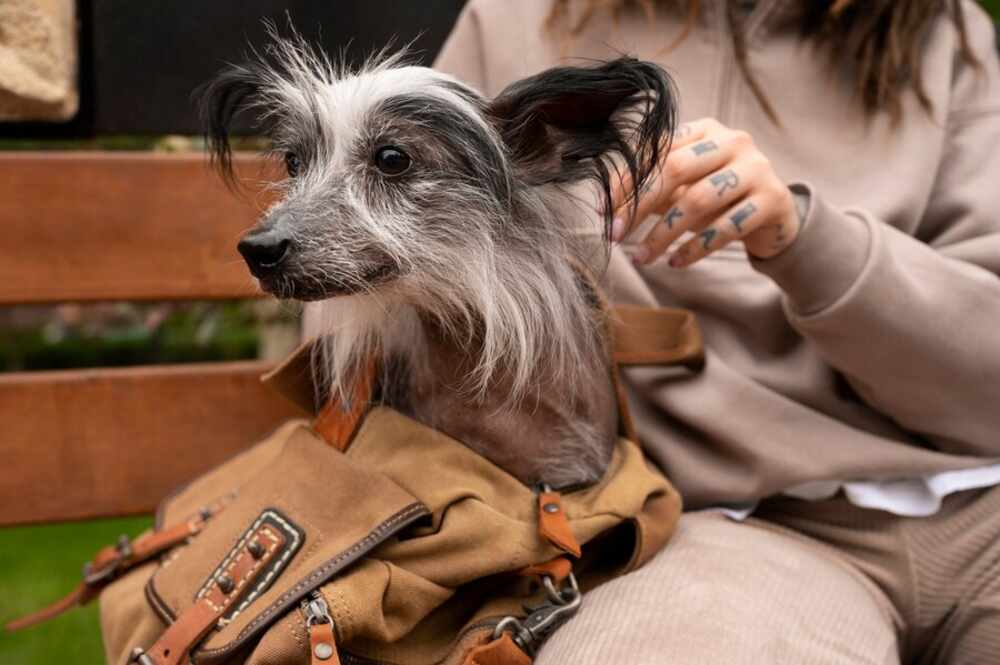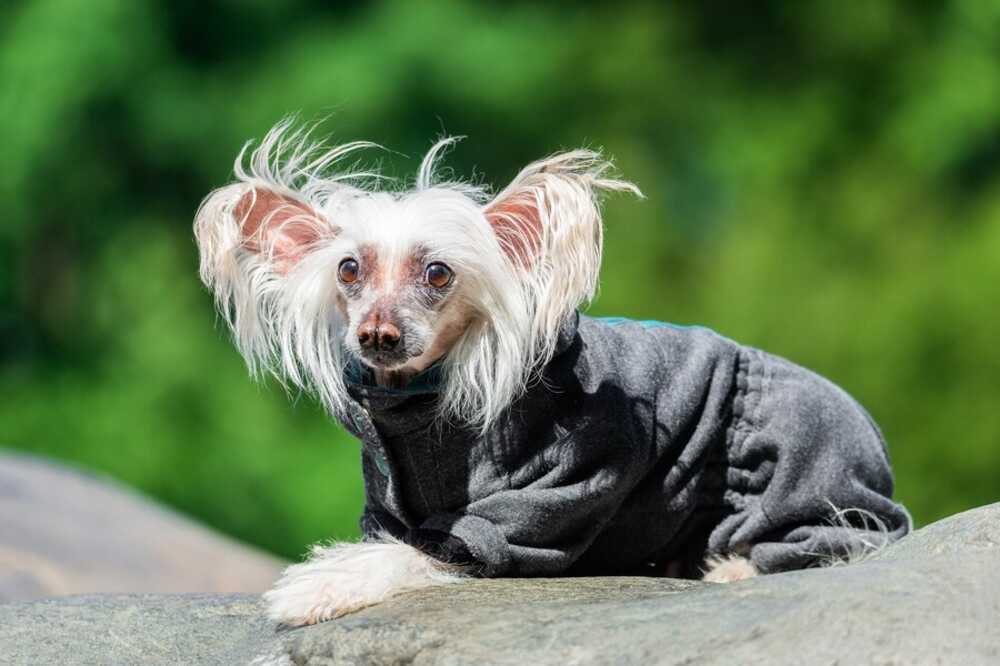Bald Dog: Understanding Canine Hair Loss

Bald Dog: Dogs come in many shapes and sizes, and their fur varies just as much. However, some dogs can experience hair loss, leading to a condition often referred to as a “bald dog.” This can be concerning for pet owners, as it may indicate underlying health issues. In this article, we will explore what it means to have a bald dog, the reasons behind hair loss, and how to care for dogs that have lost their fur.
Many people love their dogs regardless of their appearance, but a bald dog may raise questions. Is it normal for some breeds? Is it a sign of a health problem? These questions are important to answer for anyone who loves their furry friends. We will look at common causes of baldness in dogs and how to manage their care.

Understanding Canine Hair Loss
Common Causes of Baldness in Dogs
Bald Dog: There are various reasons why a dog might lose its fur. Some common causes include allergies, skin infections, hormonal imbalances, and certain genetic conditions. Allergies can arise from food, environmental factors, or flea bites. When a dog has an allergic reaction, it may scratch or bite at its skin, leading to hair loss.
Infections, whether bacterial or fungal, can also result in bald patches. These infections can be itchy and painful, prompting the dog to scratch. Hormonal imbalances, such as hypothyroidism or Cushing’s disease, can cause significant hair loss as well. Lastly, some dog breeds are genetically predisposed to hair loss, such as the American Hairless Terrier and the Chinese Crested.
Identifying Hair Loss in Dogs
Recognizing hair loss in dogs is important for proper care. Owners should regularly check their pets for bald spots, thinning fur, or changes in skin color. If a dog suddenly starts losing fur or develops bald patches, it’s essential to consult a veterinarian. A vet can examine the dog and determine the cause of the hair loss. They may conduct tests to check for allergies, infections, or hormonal issues.
Observing other symptoms can also provide clues. For example, if a dog is excessively scratching, has inflamed skin, or displays changes in behavior, these signs may indicate a health problem. Quick action can lead to effective treatment and a happier, healthier pet.

Caring for Bald Dogs
Veterinary Care and Treatments
If you notice your dog has lost hair, the first step is to visit a veterinarian. They will perform a thorough examination and may recommend treatments based on the cause of the hair loss. Treatments can vary widely. For allergies, a vet may suggest special diets or medications to reduce allergic reactions. Infections might require antibiotics or antifungal medications to clear them up.
For hormonal imbalances, hormone therapy or other medications may be prescribed. Regular check-ups can help monitor your dog’s progress and adjust treatment as needed. It’s important to follow the vet’s recommendations to ensure the best outcomes for your pet.
Home Care for Bald Dogs
In addition to veterinary care, home care is crucial for a bald dog. Keeping the dog’s skin clean and moisturized is essential, especially if the skin appears dry or irritated. Gentle baths with hypoallergenic shampoo can help soothe the skin.
Adding supplements to the dog’s diet, like omega-3 fatty acids, may improve skin health and promote fur growth. Always consult a vet before introducing new supplements to ensure they are safe for your dog.
Providing a comfortable and stress-free environment is also important. Reducing stress can help improve a dog’s overall well-being. Regular exercise, playtime, and love can help your dog feel happier and more secure.
The Emotional Impact of Hair Loss
How Hair Loss Affects Dogs and Owners
Hair loss can have an emotional impact on both dogs and their owners. For dogs, losing their fur may lead to feelings of discomfort or insecurity. They may feel more vulnerable without their protective coat. This can lead to changes in behavior, such as increased anxiety or avoidance of social situations.
For owners, seeing a dog lose its fur can be concerning. They may worry about their pet’s health and well-being. The emotional bond between a pet and its owner is strong, and any change can be distressing. Understanding the reasons for hair loss can help ease concerns and lead to better care for the dog.
Building Confidence in Bald Dogs
Helping a bald dog feel confident and comfortable is important. Providing them with a cozy place to rest and play can create a sense of safety. Positive reinforcement training can also boost a dog’s confidence. Encourage good behavior with treats and praise. This helps the dog feel loved and appreciated, regardless of their appearance.
Additionally, grooming routines can be adjusted for bald dogs. While they may not need traditional grooming, regular gentle brushing can help stimulate the skin and promote healthy blood flow. This also provides an opportunity for bonding between the dog and owner.
Conclusion
In summary, having a bald dog can stem from various causes, including allergies, infections, hormonal issues, or genetic conditions. Identifying the cause of hair loss is crucial for proper care. Regular veterinary visits and appropriate home care can help ensure a bald dog remains healthy and happy.
Understanding the emotional impact of hair loss on both dogs and their owners is equally important. Providing support and love can help bald dogs regain confidence and enjoy their lives. Regardless of appearance, every dog deserves care and compassion.
FAQs
Q: What causes a dog to be bald?
A: Common. causes include allergies, infections, hormonal imbalances, and genetic conditions.
Q: How can I tell if my dog is losing hair?
A: Look for bald patches, thinning fur, or signs of itching and discomfort.
Q: Should I take my bald dog to the vet?
A: Yes, if you notice sudden hair loss or other symptoms, a vet visit is important.
Q: Can I help my bald dog at home?
A: Yes, keep their skin clean, moisturized, and provide a healthy diet.
Q: Do bald dogs need special care?
A: Yes, they may require gentle grooming and additional attention to their skin health




